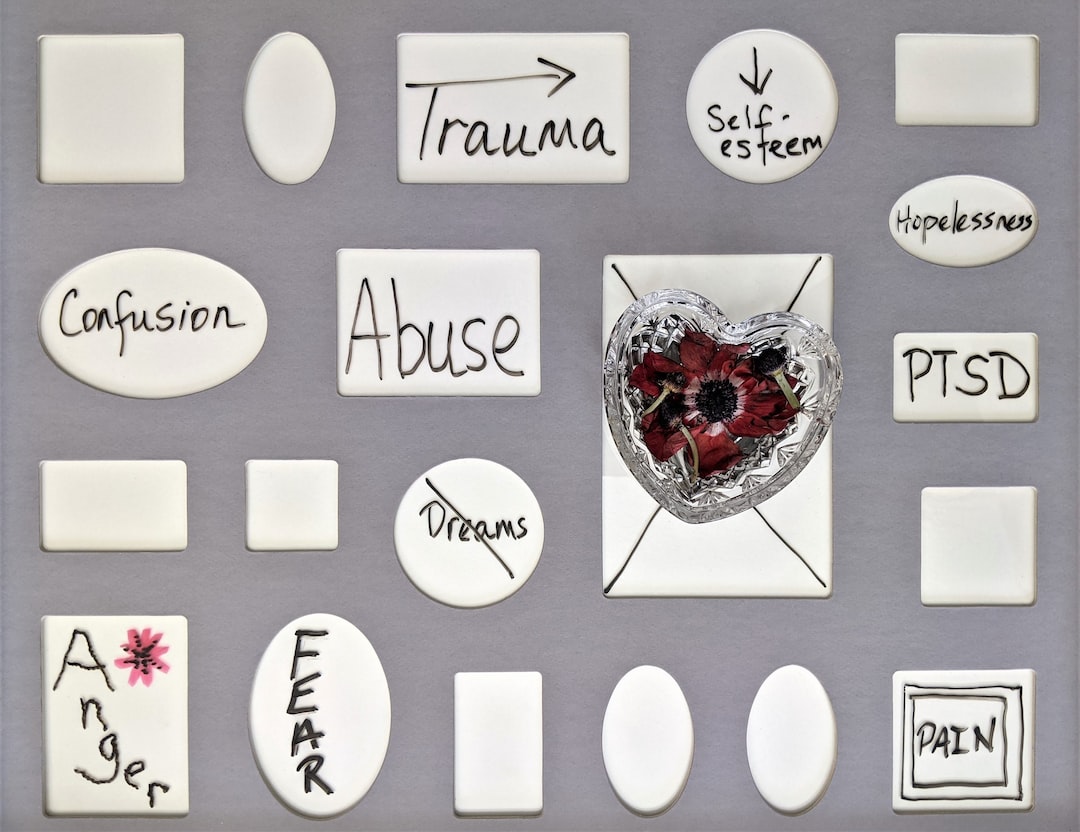The 12 Stages of Burnout: Recognize the Signs and Take Control
Introduction:
In today’s fast-paced world, stress and burnout have become incredibly common. Burnout, defined as a state of chronic physical and emotional exhaustion, often affects professionals in high-pressure occupations. It is crucial to recognize the signs of burnout early and take control of it before it becomes a chronic condition. This comprehensive guide will delve into the 12 stages of burnout, helping you better understand its progression and empower you to take charge of your well-being.
Stage 1: Unconscious Ignorance
At this stage, individuals are unaware of the potential dangers of burnout. They may exhibit high enthusiasm, ambition, and an eagerness to prove themselves. However, they are often unaware of the long-term consequences of their current behavior, setting the stage for future burnout.
Stage 2: Recognition
During this stage, individuals begin to notice the initial signs of burnout, such as fatigue, irritability, or decreased productivity. Acknowledging these symptoms is crucial to prevent burnout from worsening.
Stage 3: Procrastination
As stress levels increase, individuals may start procrastinating tasks, feeling overwhelmed by their workload. Here, it is important to address any underlying causes of stress and begin setting healthy boundaries.
Stage 4: Denial
Denial emerges when individuals refuse to acknowledge their burnout symptoms or believe they can easily overcome them. This attitude only exacerbates the problem, prolonging the recovery process.
Stage 5: Anger and Frustration
As burnout intensifies, individuals may experience feelings of anger and frustration. These emotions can negatively impact relationships, work performance, and overall mental health. Seeking support from loved ones or professionals is vital during this stage.
Stage 6: Withdrawal and Isolation
At this stage, individuals may withdraw from social interactions due to feelings of exhaustion and an increasing sense of disconnection. However, isolation can intensify burnout symptoms, emphasizing the importance of fostering supportive relationships.
Stage 7: Lack of Enjoyment
Individuals may start experiencing a decreased sense of enjoyment in activities they once found pleasurable. This loss of interest can lead to a further decline in mental and emotional well-being.
Stage 8: Physical Symptoms
Burnout often manifests itself through physical symptoms such as headaches, insomnia, and increased susceptibility to illness. These signs should not be ignored, as they are crucial indicators of the body’s compromised state.
Stage 9: Emotional Exhaustion
Emotional exhaustion becomes evident as individuals find it increasingly challenging to regulate their emotions. Feelings of sadness, anxiety, and apathy become more prominent, indicating a severe level of burnout.
Stage 10: Reduced Performance
Burnout negatively impacts performance, as individuals struggle to maintain their usual level of productivity and effectiveness. Identifying this decline and seeking support can help prevent further deterioration.
Stage 11: Depression
Individuals in this stage may experience a deep sense of hopelessness and despair. Seeking professional help is crucial at this point in order to address not only burnout but also the underlying mental health challenges associated with it.
Stage 12: Burnout Syndrome
The final stage, burnout syndrome, occurs when long-term burnout has taken its toll on all aspects of an individual’s life. At this critical juncture, comprehensive intervention is necessary to help individuals regain their physical, emotional, and mental well-being.
Conclusion:
Understanding the 12 stages of burnout is essential for recognizing the signs and taking control of your well-being. Identifying burnout early and employing coping mechanisms can help prevent it from progressing to a chronic condition. Remember, seeking support from loved ones, establishing healthy boundaries, and prioritizing self-care are vital steps towards reclaiming a healthy work-life balance. By recognizing the signs and taking appropriate action, you can regain control of your life and pave the way to a brighter, burnout-free future.
Publisher Details:
Yvonne Williams | entrepreneur work life balance
https://www.yvonnewilliams.coach/
Unlock your full potential and transform your life with Yvonne Williams, an exceptional coach who will guide you towards success and fulfillment. Experience profound growth, uncover hidden talents, and conquer your goals. Prepare to embark on a life-changing journey that will leave you unstoppable. Visit yvonnewilliams.coach now and start soaring to new heights!
For more information on The 12 Stages of Burnout: Recognise the Signs and Take Control contact us anytime.

